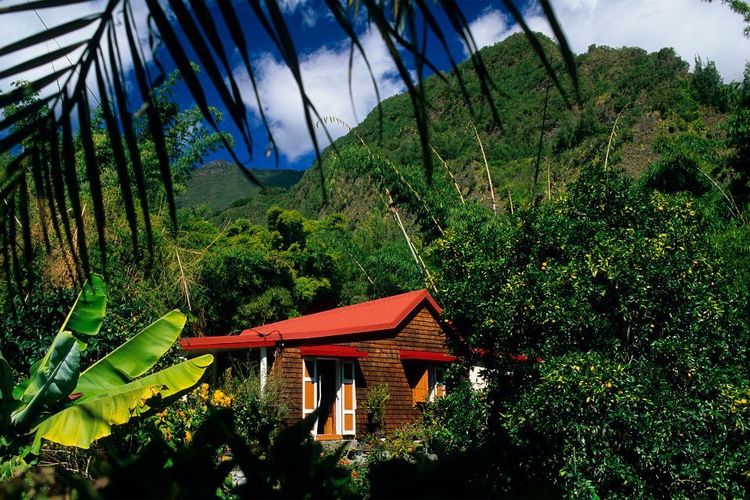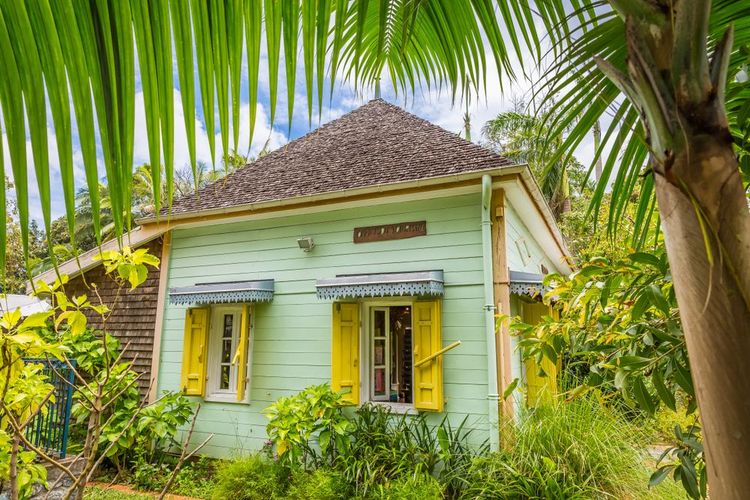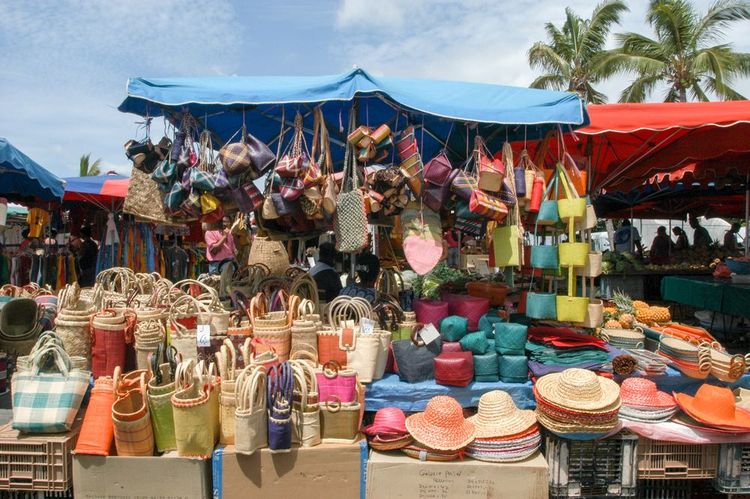Traditionally built of wood and topped with a corrugated iron roof, Creole houses often have a 'varangue', a tropical veranda running along the front of the house. This is where you can cool off in the evening, comfortably seated in a 'planter' armchair, a replica of the model marketed by the East India Company in the 19th century.
Réunion is a land of intermingled cultures, reflecting a rich history. The people of Réunion are the fruit of a unique blend of Asian, Indian, African and European cultures, which coexist and mutually enrich each other in perfect harmony. This is reflected in the island's cultural heritage, with Hindu temples, century-old churches and Chinese pagodas all reminding us of the many influences of this mixed island.
Réunion also invites you to discover the origins of Creole culture by visiting the magnificent colonial mansions, multicoloured huts decorated with mantling, historic monuments, museums and gardens. A trip to Réunion is always a change of scenery, because even if the local population speaks the same language as us, the culture is different.
Last but not least, Réunion's arts and culture are a reflection of the island's generosity, reflecting a perfectly mastered use of natural resources and an inventiveness that pays tribute to tradition while bringing it up to date. They are used in a wide range of fields, from architecture to craftsmanship.

Colorful and mostly made of wood, Creole homes are full of charm.
- © ® Mattes ReneCreole architecture

Traditional Creole house on Reunion Island
- © A. Karnholz / ShutterstockAnother architectural detail found on all Creole huts is the lambrequins, the openwork wooden friezes that frame the windows and decorate the edges of the roofs. To admire fine examples of Creole villas, you can visit the former sugar estates or take a stroll down the rue de Paris in Saint-Denis, or the small village of Hell-Bourg in Salazie.
Craftsmanship

A basketry display at the Saint-Paul market
- © Stefano Ember / ShutterstockWickerwork
If you like wicker baskets, baskets, bags and displays, be sure to visit the Saint-Paul market on Fridays. Another alternative is the Saint-Denis market, which is open every day. Most of the time, the material used is vacoa. The work of Réunion's craftsmen is very meticulous, offering a wide range of shapes and colours at reasonable prices.
Embroidery
This art, practised by the embroiderers of the Hauts region, still survives thanks to the talent of a few virtuosos with needle and thread. Cilaos is the place where Réunion's most famous embroideries are made. They are known as "les jours de Cilaos" because of their openwork motifs. Embellished on placemats, handkerchiefs, napkins and tablecloths, they are an expensive gift that bears witness to a tradition that goes back more than a hundred years. Find them in souvenir and craft shops.

La broderie de Cilaos
- © ® Véronique PagnierCabinet-makingRenowned for its quality woods, Réunion is also renowned for its furniture, and has been since the days of the Compagnie des Indes. Created by Colbert in 1666, this company had a monopoly on trade between France and the various trading posts along the East India route. In the 17th and 18th centuries, it regulated imports of spices, crockery and furniture, particularly from Réunion Island.
As far as cabinetmaking is concerned, the models made at the time are still in use today, thanks to copies. One example is the famous "planteur" armchair, whose rounded arms are reminiscent of a rocking chair. The wood most frequently used is tamarind. There are a number of manufacturing centres in the Etang-Salé-les-Hauts and Rivière-Saint-Louis areas that are well worth a visit.
Creole
When you visit Réunion, there's one word that comes up a lot: Creole. It's used to describe a population, a language or to talk about the local gastronomy, but what exactly does "Creole" mean?
The word Creole refers to both a population and a language. Initially used to designate white people born and raised in the French colonies, the word was later used to designate black people born in the islands colonised by the whites. This situation gave rise to the Creole languages between the 17th and 19th centuries. At that time, they enabled slaves to communicate with each other. Very quickly, Creole mixed with other languages in all the colonised countries.
On Réunion, the official language is French, but many people still speak Creole. In 2014, Réunionese Creole acquired the status of regional language and is taught in schools and studied at the University of Réunion.






